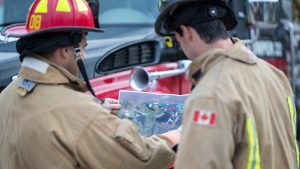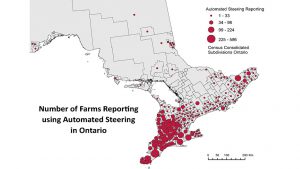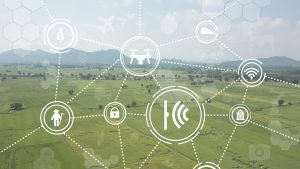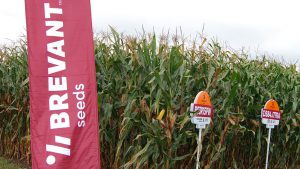Artificial intelligence
USING TECHNOLOGY TO HELP WITH SCOUTING
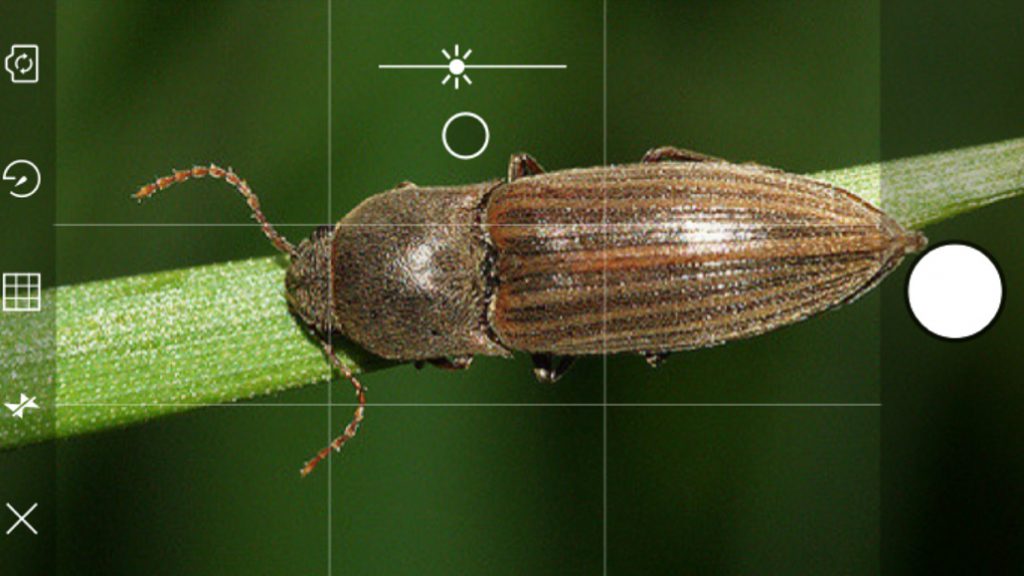
EDUCATION IN AGRICULTURE from an early age and stressing the importance and need for careers in agriculture has been a theme within the industry for years. Both ring true — educating young people in agriculture practices not only provides real-world examples, it also teaches about an industry they may know nothing about. Careers in agriculture are also promoted among high school students looking to choose a post-secondary education, thanks to AgScape, AgCareers, and the University of Guelph.
When this desire to work in agriculture is paired with innovation and entrepreneurship — some amazing things can happen.
In an age where we can rely on technology to plant, spray, harvest, and monitor crops, some aspects of agriculture have fallen behind. Scouting fields remains an integral part of maintaining crop quality in terms of being aware what insects and diseases are present in your fields. But what if you could cut down the amount of time you spend scouting?
InField ID is a new Kingston-based company that’s working with Agriculture and Agri-Food Canada to use artificial intelligence to build a species classifier for wireworm.
“We found an early market opportunity for technology that could speciate wireworms in British Columbia and across the Prairies, because certain species of wireworm in those areas, like Ctenicera Destructor require double the concentration of pesticide over their counterparts to be effectively eradicated from a field,” says Paul Kealey, co-founder, InField ID.
And they’re not alone — their vision of streamlining identification and action in the field is happening across the industry.
Machine vision is a growing field across agriculture. You can find a number of interesting projects going on in the space, says Kealey. “For example, Blue River Technologies, which was acquired by John Deere, has created pesticide and fertilizer applications that can recognize individual plants and weeds, and instantaneously apply proper treatment.”
DIFFERENT PERSPECTIVE
InField ID’s founders aren’t from an agriculture background — founders Kealey, Raasil Khan, and Andrea Perera-Ortega come from commerce, computer science, and biomedical computing backgrounds respectively, while lead developer Francesco Virga is an AI specialist. However, growing up around Guelph seeing “Farmers Feed Cities” messaging around town came through loud and clear, inspiring Kealey and his co-founders to look for a way into this space.

“Wireworms have been an increasing problem across Canada in recent years and are posing a significant problem for farmers. When we spotted the opportunity to assist farmers with a difficult problem they’d been dealing with across the country, we were excited to pursue it. We are also very passionate about food security as it is a huge problem in many parts of the world. Having access to food is a basic human right, and invasive species prevent that from happening,” Kealey says.
InField ID has partnered with IBM to develop their application, putting early versions of the product into farmer’s hands to experiment and explore what it can offer. They’re listening to what the industry has to say about what its needs are, with feedback from primary producers, agronomists, and researchers.
InField is also interested in invasive species detection and are in talks with the Canadian Food Inspection Agency for possible applications for their technology.
InField ID uses a convolutional neural network where it examines every single pixel of the image against every single pixel of the thousands of pictures in their database to make a match within 4 to 30 seconds, depending on what you are trying to identify. Users simply take a picture of the insect they want to identify with their mobile device and the technology scans and identifies it.
“The most surprising thing about entering the ag tech industry is dropping into the fast-moving current of development. There is a big push from all levels of government to build Canada’s ag tech industry and that translates into an exciting atmosphere where you meet a lot of fantastic people working on some really incredible projects,” says Kealey.
“We want to keep developing identification solutions for the agriculture community. We are constantly on the hunt for new problems that we can solve. If you would typically need to call in an expert to identify a specific problem, that’s our niche.”
There’s boundless opportunity for different sectors to cross over into the agriculture industry. As the early adoption and overall uptake of technology in the agriculture industry increases, there will be increasing demand for more applications and tools that can work hard for producers — while providing new insight in solving problems on the farm.
If you have an identification problem that you believe could be solved by visual recognition, feel free to reach out to the company’s CEO by email at Paul@InFieldID.com. •








